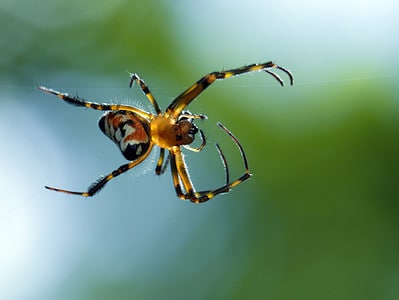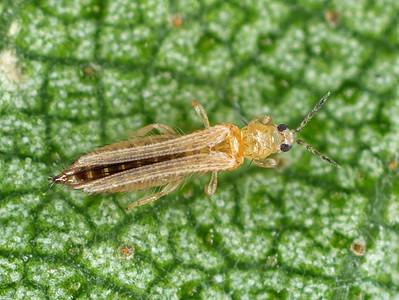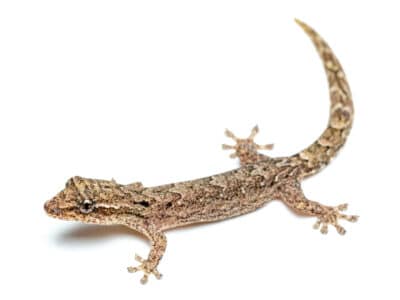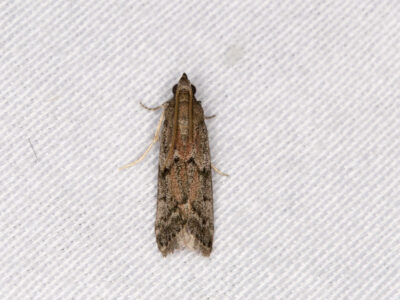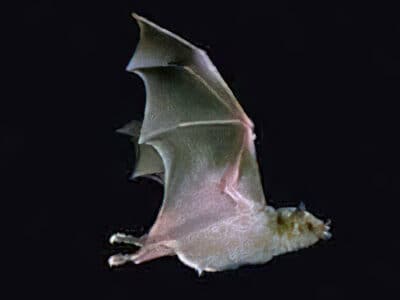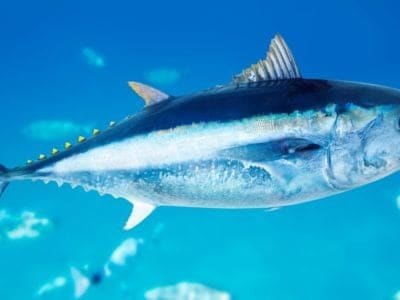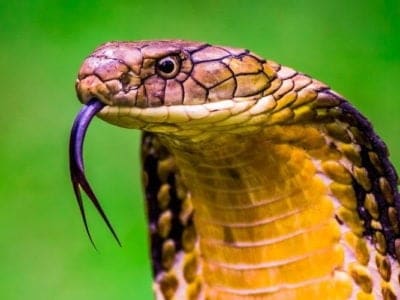Holy Cross Frog
Notaden bennettii
The holy cross frog has a cross-shaped colored pattern on its back.
Advertisement
Holy Cross Frog Scientific Classification
- Kingdom
- Animalia
- Phylum
- Chordata
- Class
- Amphibia
- Order
- Anura
- Family
- Limnodynastidae
- Genus
- Notaden
- Scientific Name
- Notaden bennettii
Read our Complete Guide to Classification of Animals.
Holy Cross Frog Conservation Status
Holy Cross Frog Facts
- Prey
- Insects, mosquito larvae
- Main Prey
- Insects
- Name Of Young
- tadpole
- Group Behavior
- Solitary except during mating season
- Fun Fact
- The holy cross frog has a cross-shaped colored pattern on its back.
- Most Distinctive Feature
- colored patterns in the shape of a cross
- Distinctive Feature
- Bright color serves as a warning to predator
- Other Name(s)
- catholic frog, crucifix frog
- Habitat
- Savanna, Wetlands, and Semi-arid grasslands
- Diet
- Insectivore
- Lifestyle
- Nocturnal/Crepuscular
- Favorite Food
- Insects
- Type
- Amphibian
- Common Name
- Holy cross frog
- Special Features
- the holy cross frog can secrete a sticky fluid from its skin when disturbed
- Origin
- Australia
- Location
- Australia
- Nesting Location
- Underground
View all of the Holy Cross Frog images!
The holy cross frog has a cross-shaped colored pattern on its back.
Summary
Holy Cross Frog (also called Crucifix Frog) is a frog species native to Australia. The frog’s name references the cross-shaped red and black pattern on its yellow or yellow-green body. The unique appearance of this frog makes it one of Australia’s most striking frog species. It is a burrowing frog species, spending most of its time underground to escape predators. The bright coloration of this frog also warns predators that they’re not to be eaten. crucifix frogs secrete sticky substances that repel predators and help them catch prey.
5 Holy Cross Frog Facts
- The holy cross frog is one of the few Australian frogs that exhibit aposematism (warning coloration)
- It is a ground-dwelling burrower that stays underground during dry periods.
- The crucifix frog can produce a cocoon to conserve water. This helps it to survive long periods underground without water.
- The sticky substance produced by the frog’s skin helps repel predators, attract prey, and get attached to females while mating.
- Crucifix frogs lure prey by wiggling their toes.
Holy Cross Frog Scientific Name
The scientific name for the holy cross frog is Notaden bennettii. The genus name Notaden refers to a small genus of burrowing frogs commonly known as the spadefoot toads. The group includes the holy cross toad and others like:
- Northern spadefoot toad
- Wiegel’s toad
- Desert spadefoot toad.
All members of this genus are characterized by a rounded shape, short neck, and stubby legs. Notaden bennettii is known by many common names, including crucifix toad, holy cross frog, and catholic frog.
Holy Cross Frog Appearance & Behavior
The holy cross frog is one of Australia’s most striking frog species. It is a bright yellow or green color with distinct cross-shaped black and red dot patterns across its back. The cross-shaped dots are its most distinctive feature and the reason for its common name. Their abdomen surface is typically white, while the sides have a blue coloration.
The holy cross frog is a tiny amphibian, as small as the 20 Australian cent piece. Males are slightly smaller, with lengths of roughly 6.3 cm (2.4 in), while females are usually about 6.8 cm (2.67 in).
They have nearly round pupils with gold irises. Their feet are webbed, which gives them the appearance of spades, an adaptation that helps them to burrow quickly and deeply. Crucifix frogs can borrow up to 3 meters deep in the ground with the spades on their feet and remain dormant until the rainy season. During their time in the soil, they protect and preserve their body with a cocoon which they consume as a nutritious kick-start when coming out of their burrow when the dry season is over.
When in danger, the catholic frogs secrete a glue-like substance from their bodies, making them distasteful to predators. The sticky substance also ensnares insects which the frogs eat. It also serves as a non-toxic adhesive that helps males to stick to the females when mating.
Another interesting habit of this frog is how it catches prey. The Holy Cross frogs draw prey closer by wiggling their toes while the rest of their body stays immobile; this lures unsuspecting insects so they can easily catch them.
Holy Cross Frog Habitat
The crucifix toad is a ground-dwelling frog found mainly in the arid regions of New South Wales and Queensland in Australia. They live in the semi-arid grasslands of these areas. They prefer the savannah and wetlands with clay soil that gets hard during the dry season and soft when it rains. The muddy soil makes it easy for them to emerge and burrow back into the soil before it hardens again.
Holy Cross Frog Predators & Threats
The holy cross frog is listed as a species of least concern on the IUCN red list of threatened species. This means they’re currently not endangered. So even though they could be preyed on by snakes and other animals that consume toads, catholic frogs are generally safe from them.
When threatened by these animals, they release the sticky glue-like substance that repels these predators. The main threats to these species are habitat loss due to climate change and farming. And since they live in flood plains, over-extraction of water can affect and destroy their habitats.
What does the Holy Cross Frog Eat?
Holy cross frogs are carnivorous animals living on a purely animal-based diet. The frog eats insects, tadpoles, and mosquito larvae in the temporary ponds they live in. They also feed on ants and termites.
Reproduction, Babies, and Lifespan
When it rains, crucifix frogs come out of the ground and immediately start to breed, usually between spring and autumn. The frogs will emerge into puddles or temporary ponds created by the rain, and the males will start to make a call sound to attract the females. Once the sound attracts a female, the male will secret the sticky glue substance and mount it on her back with the glue. The smaller size of the male also makes this easier.
Afterward, the female will lay eggs which the male will fertilize. Crucifix frog tadpoles develop rapidly, and they have to fend for themselves. The tadpoles are usually copper in color and have a length of about 5cm. The cycle of transforming into frogs takes about six weeks. When out of the ground, holy cross frogs live for six to eight weeks.
Population
Holy cross frogs are currently not considered endangered. They have a steady population which might increase if they are maintained. However, they have a short lifespan, limiting the chances of an exponential increase in population.
Related Animals
View all 104 animals that start with HHoly Cross Frog FAQs (Frequently Asked Questions)
Is holy cross frog poisonous?
Although it has a warning coloration that suggests to prey that it is poisonous, the crucifix frog isn’t really poisonous. The frog will secrete a milky, sticky glue when a predator threatens it. The glue is not poisonous, but it tastes terrible to predators.
Why is the holy cross frog so brightly colored?
The bright color of the holy cross frog is the frog exhibiting aposematism. The bright colors ward off predators that might want to attack the frogs.
Where can I find holy cross frogs?
Holy cross frogs are found in semi-arid lands in western New South Wales and southwestern Queensland.
Thank you for reading! Have some feedback for us? Contact the AZ Animals editorial team.
Sources
- Wikipedia, Available here: https://en.wikipedia.org/wiki/Crucifix_toad
- Bush Heritage Australia , Available here: https://www.bushheritage.org.au/species/crucifix-frog
- Animalia, Available here: https://animalia.bio/crucifix-toad








